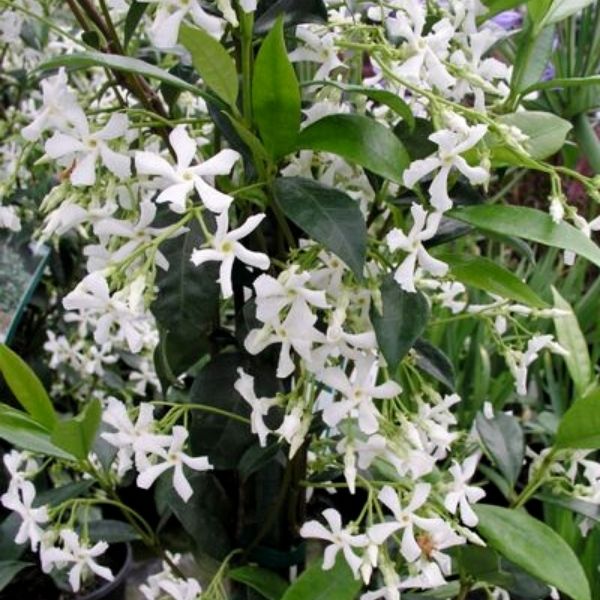Need More Privacy? These 8 Cold-Hardy, Evergreen Vines Will Shield Your Patio or Balcony Year-Round
Forget bulky hedges – vines give you the privacy you want with minimal footprint. Our top 8 picks are cold-hardy evergreens, so they'll stay full even in the depths of winter.

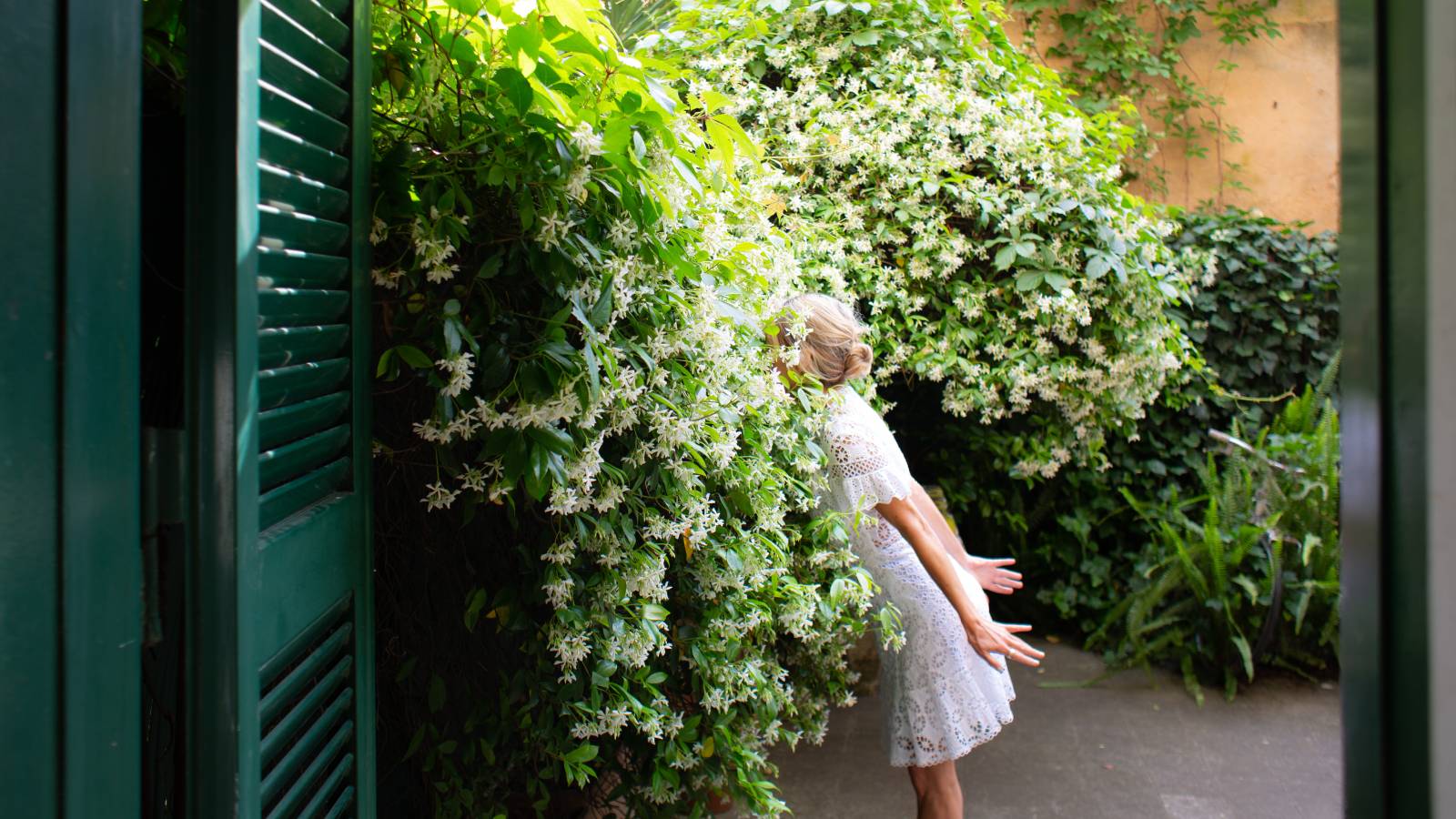
Evergreen climbers suitable for year-round coverage should have some cold hardiness. Exactly how cold hardy the need to be depends on your growing zone, so always check. Our ideas for evergreen vines and climbing plants will help you create a privacy screen fast.
Use these evergreen vines to cover an unsightly wall or fence, to soften up a concrete patio, or to actually provide year-round privacy. Most need some type of support to climb, but will then readily cover a trellis, fence, or wall.
Why Choose Cold-Hardy Evergreen Vines for Privacy
Evergreen vines and climbing plants make unique and unexpected choices for privacy. Many people use hedges, both deciduous and evergreen, to create privacy screens, but vines or climbing plants offer certain benefits.
Not every homeowner or gardener has the space for a hedge. Shrubs and small trees are great for privacy, but vines can do the same job in less space. They have a smaller footprint at ground level, but still grow upward to create a screen. You can grow many of these plants in a small space at the base of a fence or trellis or even in containers on a porch or balcony. This spool of plant twist ties from Amazon is perfect for training plants exactly where you want them to go.
Another benefit of climbing plants over hedges is growth rate. Most vines grow much faster and can help you create a privacy screen in as little as one season. Of course, the benefit of a cold-hardy evergreen plant is that you get year-round coverage, even in colder climates.
8 Cold-Hardy Evergreen Climbing Vines
These cold-hardy climbing vines are proven winners that provide year-round beauty and good coverage for privacy. Take care, though, because some of these plants are invasive in certain areas. Check with your local extension office before planting.
1. Climbing Hydrangea (Hydrangea anomala subsp. Petiolaris)

Most hydrangeas that gardeners are familiar with are shrubs or small trees, but there is a climbing type, too. It is hardy in zones 4 through 8 and is native to Asia. As with other hydrangeas, the flowers are showy. Climbing hydrangea can grow up to 50 feet (15 m) tall, so save it for the big areas you want to cover.
Sign up for the Gardening Know How newsletter today and receive a free copy of our e-book "How to Grow Delicious Tomatoes".
2. Ivy (Hedera helix)
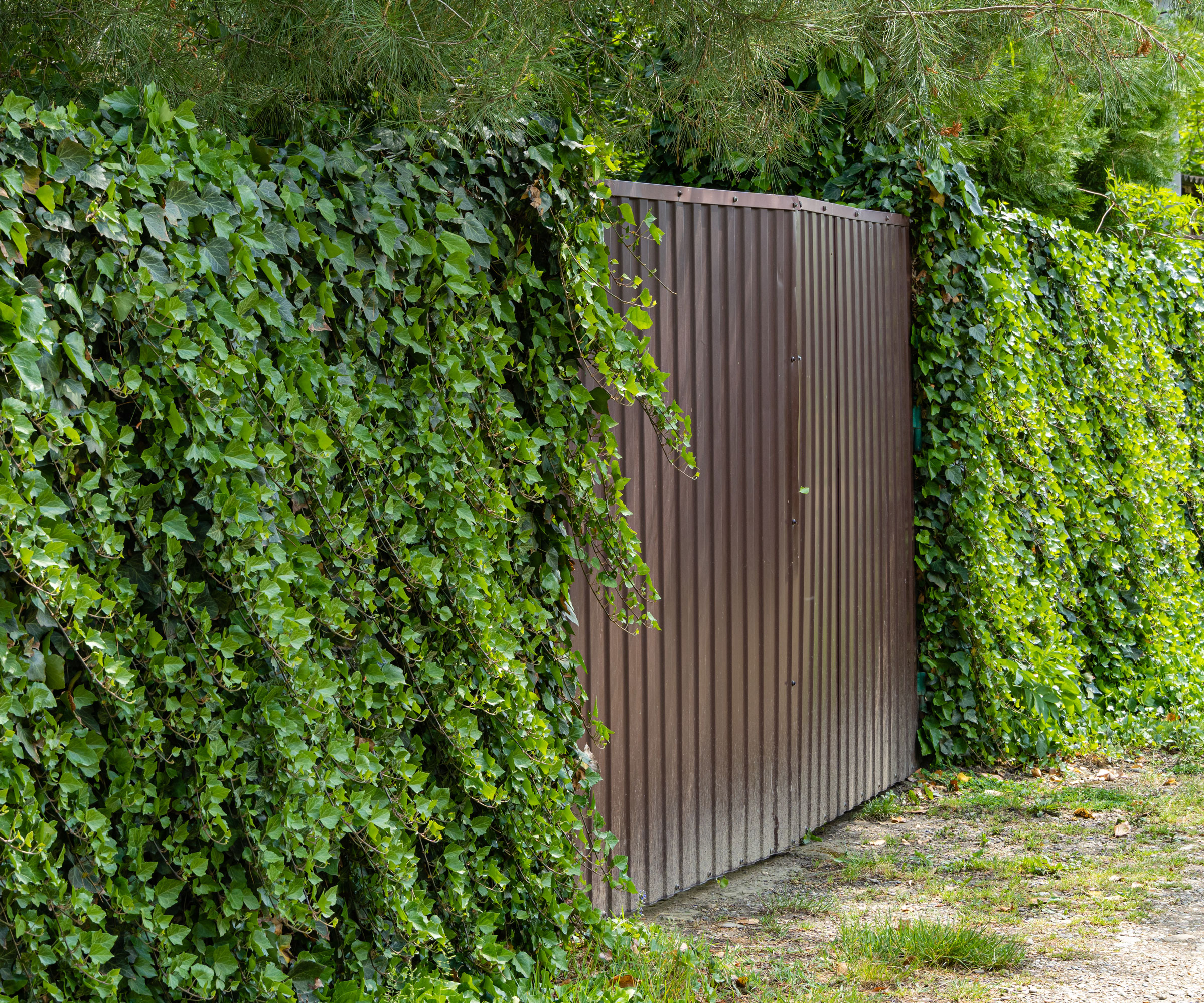
English ivy is one of the easiest plants to grow, but this can also make it a problem. Ivy grows aggressively up nearly any vertical surface. This can be great if you’re looking for a fast-growing, evergreen to cover a trellis, arbor, or wall. Just take care that you don’t let it grow in natural areas where it will act like an invasive plant. You can grow this evergreen vine in zones 4 through 9.
3. Star Jasmine (Trachelospermum jasminoides)

Star jasmine is not true jasmine, but it is a beautiful evergreen vine in zones 7 through 10. Make sure you have a support for this vine, or it will grow as a groundcover if not given something sturdy to climb. Star jasmine blooms most prolifically with fragrant white flowers in a spot that gets full sun.
4. Winter Jasmine (Jasminum nudiflora)
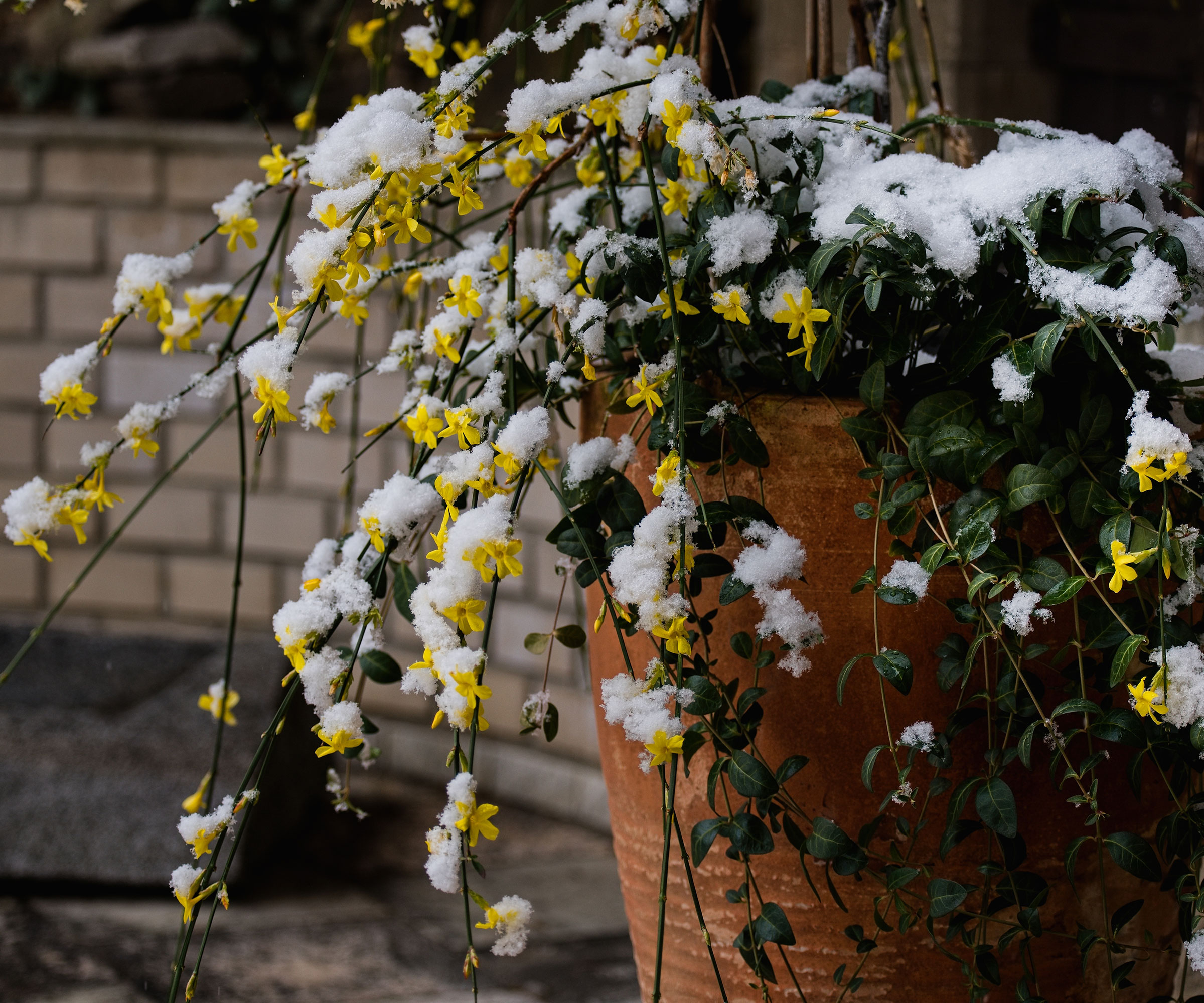
Winter jasmine is a shrubby vine that will grow low to the ground or climb if given a structure. It is suitable for zones 6 through 10, where it will reward you with very early spring flowers in a cheerful shade of yellow. Make sure you give winter jasmine plenty of sunlight for the best results.
5. Wintercreeper (Euonymus fortunei)
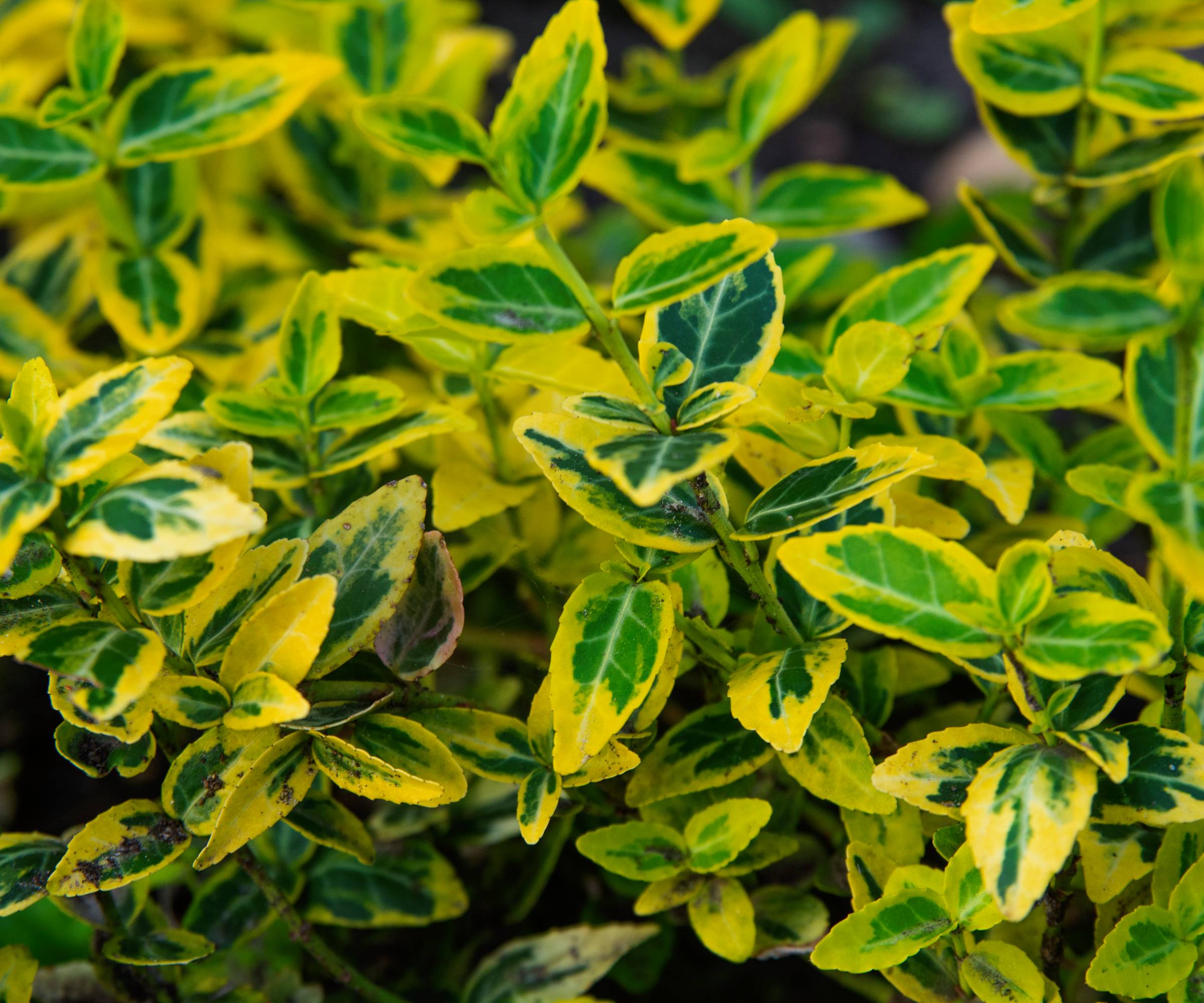
Also known as climbing euonymus, wintercreeper can be grown as a groundcover or a climbing shrub. It’s versatile and easy to grow in a variety of conditions, providing evergreen coverage year-round in zones 4 through 9. Just be aware that this plant is toxic to people and animals.
6. Armand Clematis (Clematis armandii)

Armand clematis is an evergreen with leathery, dark green leaves and white, star-shaped flowers that bloom in late winter or very early spring. This clematis variety grows and climbs very fast, becoming 25-plus feet (8 meters) high in no time. Good for zones 7 through 9, Armand clematis can grow in sun or partial shade.
7. Firethorn (Pyracantha)
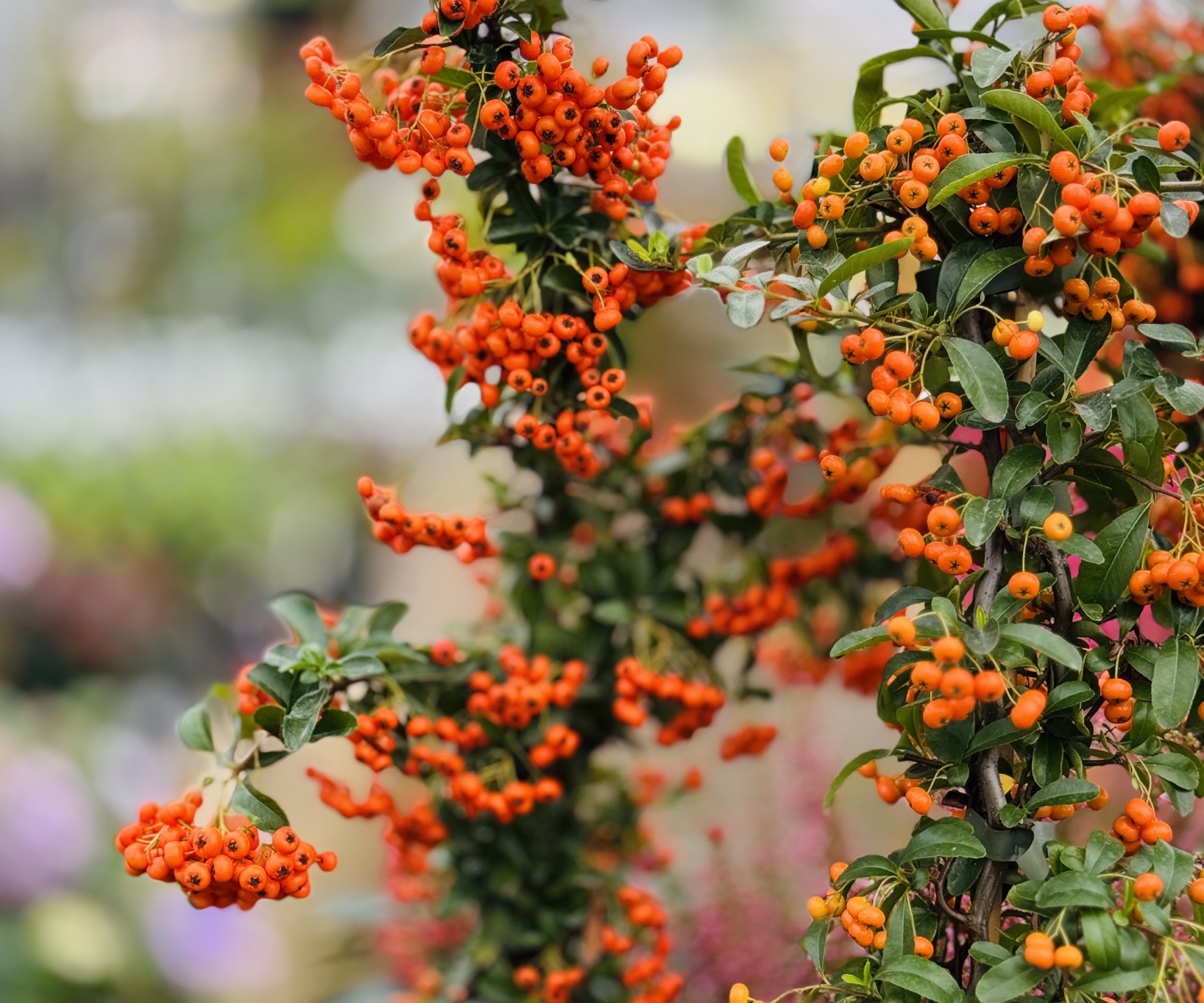
Most gardeners would call firethorn a shrub, but it can also act like a climber. Grow it near a vertical support, and you can train the long, arching branches to climb. Firethorn is hardy and evergreen in zones 6 through 9. It has small white flowers but even more stunning orange fruits. Grow firethorn in full sun or partial shade.
8. Evergreen Honeysuckle (Lonicera henryi)
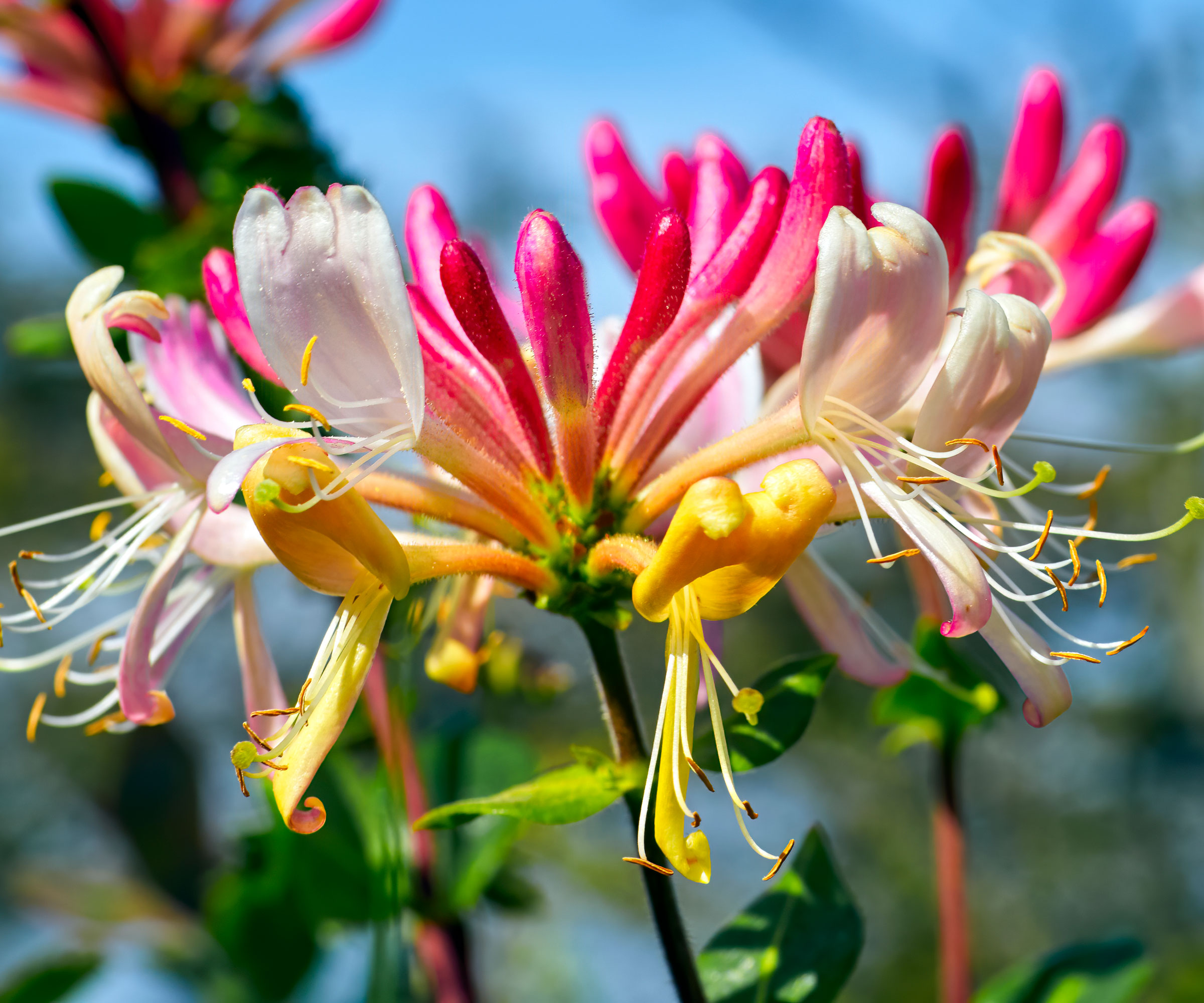
Also known as Henry’s honeysuckle, this evergreen vine grows in zones 5 through 9, providing some of the best cold hardiness of any plant on this list. It produces fragrant flowers that attract pollinators and provides a dense, attractive, evergreen screen all year.
Growing Tips
For the best results, determine the conditions an evergreen vine needs before choosing it, and be sure you can match those conditions. In general, they should be planted in spring or fall, not in summer when the weather is more likely to be hot and dry. Some vines need full sun, while others grow better in some shade, but almost all will need soil that drains well.
Plant your vines near some type of support structure. Some, like ivy, can climb a brick wall without assistance. They put out little shoots that grab onto rough, hard surfaces. Many vines, though, can benefit from something like a trellis. This one from Amazon is simple and beautiful.
Water your new plant regularly as it establishes strong roots. After the first year of growth, you can reduce watering to as needed. Plants grown in pots need to be watered more frequently. Apply fertilizer in spring or more often if it is a heavy feeder. This plant food from Nelson on Amazon is made specifically for flowering vines.
Design Tips
How you design your privacy screen depends largely on the space you have available and how much privacy you’re trying to create. If you are working with a small space like a balcony or patio, use containers and the structure itself as the support for the vines.
For a larger area, you’ll need to determine where your privacy screen should go and what to use for the support structure. A fence is a great built-in support, but if you’re creating privacy out of nothing, you’ll need a trellis. The look of the trellis doesn’t matter too much, since it will get covered with the vine, but it should be sturdy and firmly placed in the ground so it can take the weight of the vines.
Don’t be afraid to get creative with your design. Upcycle materials, like shipping pallets or old ladders, to use as supports. Place small shrubs or flowering perennials in between the vines for a more varied privacy screen. Just make a plan before you get started to save on time, money, and other resources.

Mary Ellen Ellis has been gardening for over 20 years. With degrees in Chemistry and Biology, Mary Ellen's specialties are flowers, native plants, and herbs.
